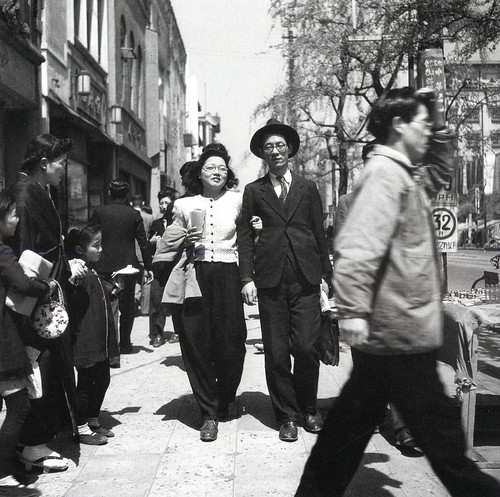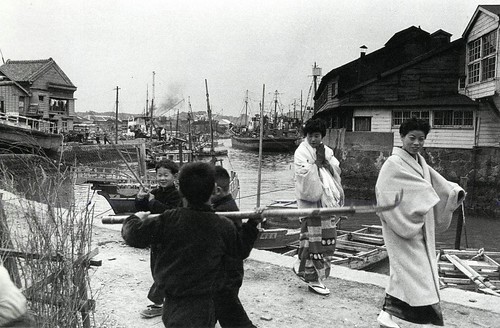No matter whether temples and shrines are Shinto or Buddhism, they are strongly connected to Japanese people’s daily life. If Japanese people have something they want from gods, for example, love, health and good academic result, they would go to temples or shrines and pray to the gods. For some Japanese people, they may have their wedding at the shrines. Also, many of the temples or shrines have one or more festival (Matsuri) for pray for good luck.
Not only do the temples and shrines connect to Japanese daily life, they are also used for advertising. Fusimi in Kyoto is the best example. Fusimi is famous for having thousands of Torii in its shrine. If someone donates certain amount of money to the shrine, a Torii will be made having the donator’s name. Many Torii in Fusimi are written in companies’ name and they are actually nothing more than advertisement. Not only the famous shrines like Fusimi have this kind of advertisement, I found a less famous shrine called Hiroda Shrines near Namba in Osaka also has its lantern and columns written in companies’ name
Things about religions can be found easily in Japan by observing Japanese daily life and religions are also very important in Japan as it is a median to advertise companies.













